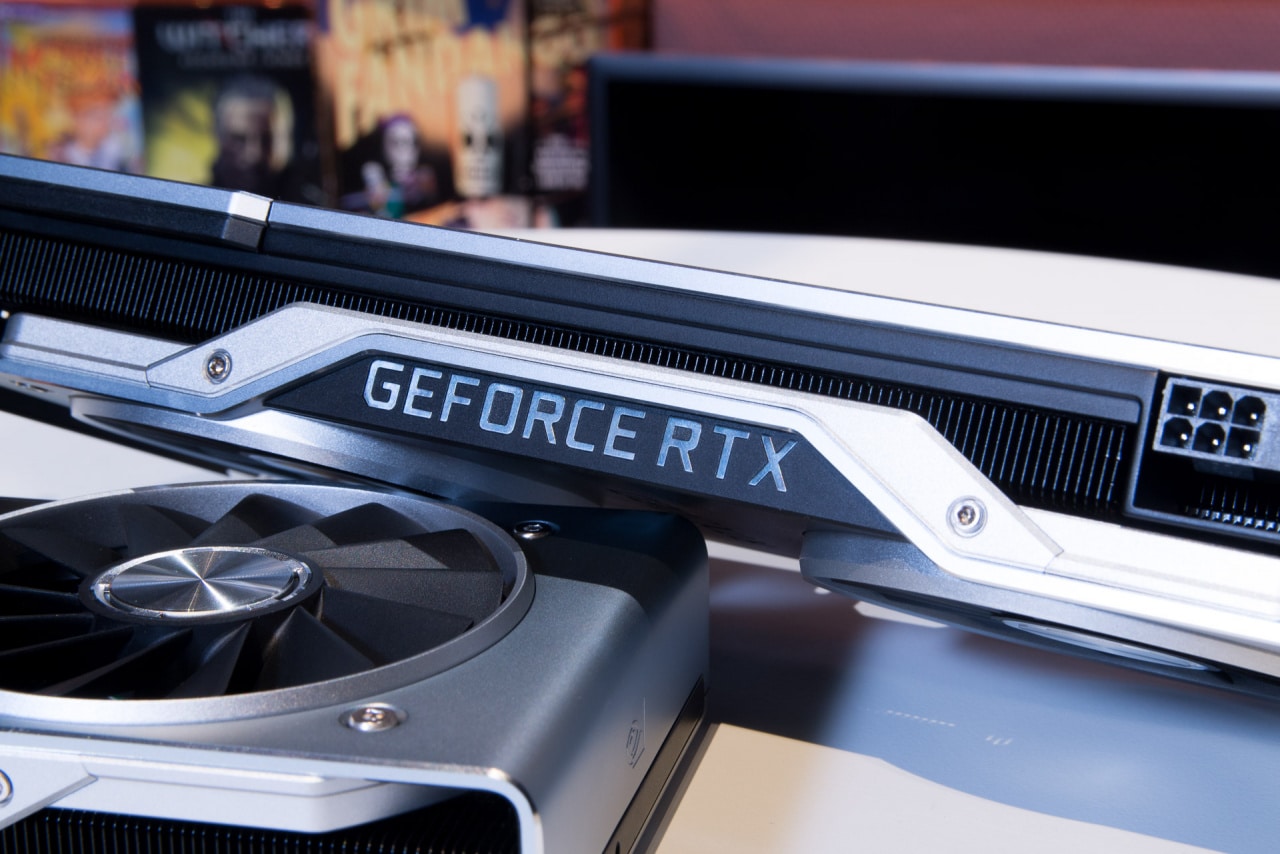Thin laptops were for a long time an impossibility for those who wanted powerful graphics performance, but during Computex 2017, Nvidia presented a solution to the problem. The concept is called Max-Q Design and means, among other things, that clock frequencies are adjusted to result in an optimal relationship between performance and power consumption.
Nvidia’s latest architecture is called Turing and is the basis for the Geforce RTX 2000 series, which was launched in August, but the family still contains only four high-performance cards with a power consumption of 175 watts and up. Data suggest that the series may soon be expanded with variants adapted for laptops and according to one twitter posts from Tum Apisak, Max-Q Design variants can also be available.
Click for larger image. Image source: Tum Apisak
In the database for the synthetic performance test 3DMark Time Spy, an unknown graphics card has been listed, where the driver’s name is gossiping that it is Geforce RTX 2070 Max-Q Design. The database also contains the results for a laptop with the same graphics card without Max-Q Design, which recently also appeared among the specifications from a Chinese computer manufacturer.
The two graphics cards are equipped with 8 GB of graphics memory and are accompanied by the six-core mobile processor Intel Core i7-8750H. However, the memory speed differs somewhat between the cards, where the more power-hungry version is about 17 percent faster. When it comes to the maximum clock frequency, the Max-Q Design variant is marginally slower by 1,800 against 1,875 MHz.
In terms of performance, the two graphics cards scrape together 6,154 and 7,322 points, respectively, where the former value applies to Geforce RTX 2070 Max-Q Design. Tum Apisak compares this with values taken from Notebookcheck’s performance index, where the Geforce GTX 1080 for laptops lands at 6,917 points. The same card in the Max-Q Design version lands on 5,868.5 points.
At the time of writing, it is unclear when Turing-based graphics cards will appear in laptops, but previous information has suggested that this could be one of the big events during the CES 2019 technology fair. As early as January 6, Nvidia is organizing a press conference, followed by CES the fair which runs from 8 to 12 January.















